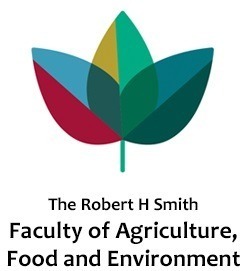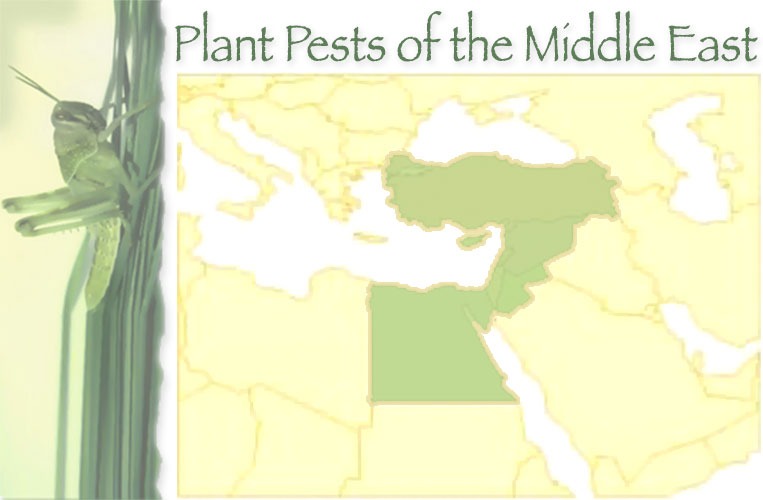Wright, G. A. ; Nicolson, S. W. ; Shafir, S. .
Nutritional Physiology And Ecology Of Honey Bees.
Annu Rev Entomol 2018,
63, 327-344.
AbstractHoney bees feed on floral nectar and pollen that they store in their colonies as honey and bee bread. Social division of labor enables the collection of stores of food that are consumed by within-hive bees that convert stored pollen and honey into royal jelly. Royal jelly and other glandular secretions are the primary food of growing larvae and of the queen but are also fed to other colony members. Research clearly shows that bees regulate their intake, like other animals, around specific proportions of macronutrients. This form of regulation is done as individuals and at the colony level by foragers.
Arien, Y. ; Dag, A. ; Shafir, S. .
Omega-6:3 Ratio More Than Absolute Lipid Level In Diet Affects Associative Learning In Honey Bees.
Frontiers in Psychology 2018,
9, 1001.
Publisher's VersionAbstractFloral pollen is a major source of honey bee nutrition that provides them with micro- and macro-nutrients, including proteins, fatty acids, vitamins, and minerals. Different pollens vary in composition, including in the essential fatty acids, alpha-linolenic acid (omega-3) and linoleic acid (omega-6). Monocultures, prevalent in modern agriculture, may expose honey bee colonies to unbalanced omega-6:3 diets. The importance of omega-3 in the diet for adequate learning and cognitive function, with a focus on suitable omega-6:3 ratio, is well documented in mammals. We have recently shown, for the first time in invertebrates, the importance of omega-3 in diets for associative learning ability in honey bees. In the current work, we examine the effect of the absolute amount of omega-3 in diet compared to the omega-6:3 ratio on honey bee associative learning. We fed newly emerged bees for 1 week on different artificial diets, which had lipid concentration of 1, 2, 4, or 8%, with omega-6:3 ratios of 0.3, 1, or 5, respectively. We then tested the bees in a proboscis-extension response olfactory conditioning assay. We found that both omega-6:3 ratio and total lipid concentration affected learning. The most detrimental diet for learning was that with a high omega-6:3 ratio of 5, regardless of the absolute amount of omega-3 in the diet. Bees fed an omega-6:3 ratio of 1, with 4% total lipid concentration achieved the best performance. Our results with honey bees are consistent with those found in mammals. Best cognitive performance is achieved by a diet that is sufficiently rich in essential fatty acids, but as long as the omega-6:3 ratio is not high.
Topman, S. ; Tamir-Ariel, D. ; Bochnic-Tamir, H. ; Stern Bauer, T. ; Shafir, S. ; Burdman, S. ; Hayouka, Z. .
Random Peptide Mixtures As New Crop Protection Agents.
Microbial Biotechnology 2018,
11, 1027-1036.
Publisher's VersionAbstractSummary Many types of crops are severely affected by at least one important bacterial disease. Chemical control of bacterial plant diseases in the field vastly relies on copper-based bactericides, yet with limited efficacy. In this study, we explored the potential of two random peptide mixture (RPM) models as novel crop protection agents. These unique peptide mixtures consist of random combination of l-phenylalanine and l- or d-lysine (FK-20 and FdK-20, respectively) along the 20 mer chain length of the peptides. Both RPMs displayed powerful bacteriostatic and bactericidal activities towards strains belonging to several plant pathogenic bacterial genera, for example, Xanthomonas, Clavibacter and Pseudomonas. In planta studies in the glasshouse revealed that RPMs significantly reduced disease severity of tomato and kohlrabi plants infected with Xanthomonas perforans and Xanthomonas campestris pv. campestris respectively. Moreover, RPM effects on reduction in disease severity were similar to those exerted by the commercial copper-based bactericide Kocide 2000 that was applied at a 12-fold higher concentration of the active compound relative to the RPM treatments. Importantly, the two tested RPM compounds had no toxic effect on survival of bees and Caco-2 mammalian cells. This study demonstrates the potential of these innovative RPMs to serve as crop protection agents against crop diseases caused by phytopathogenic bacteria.


